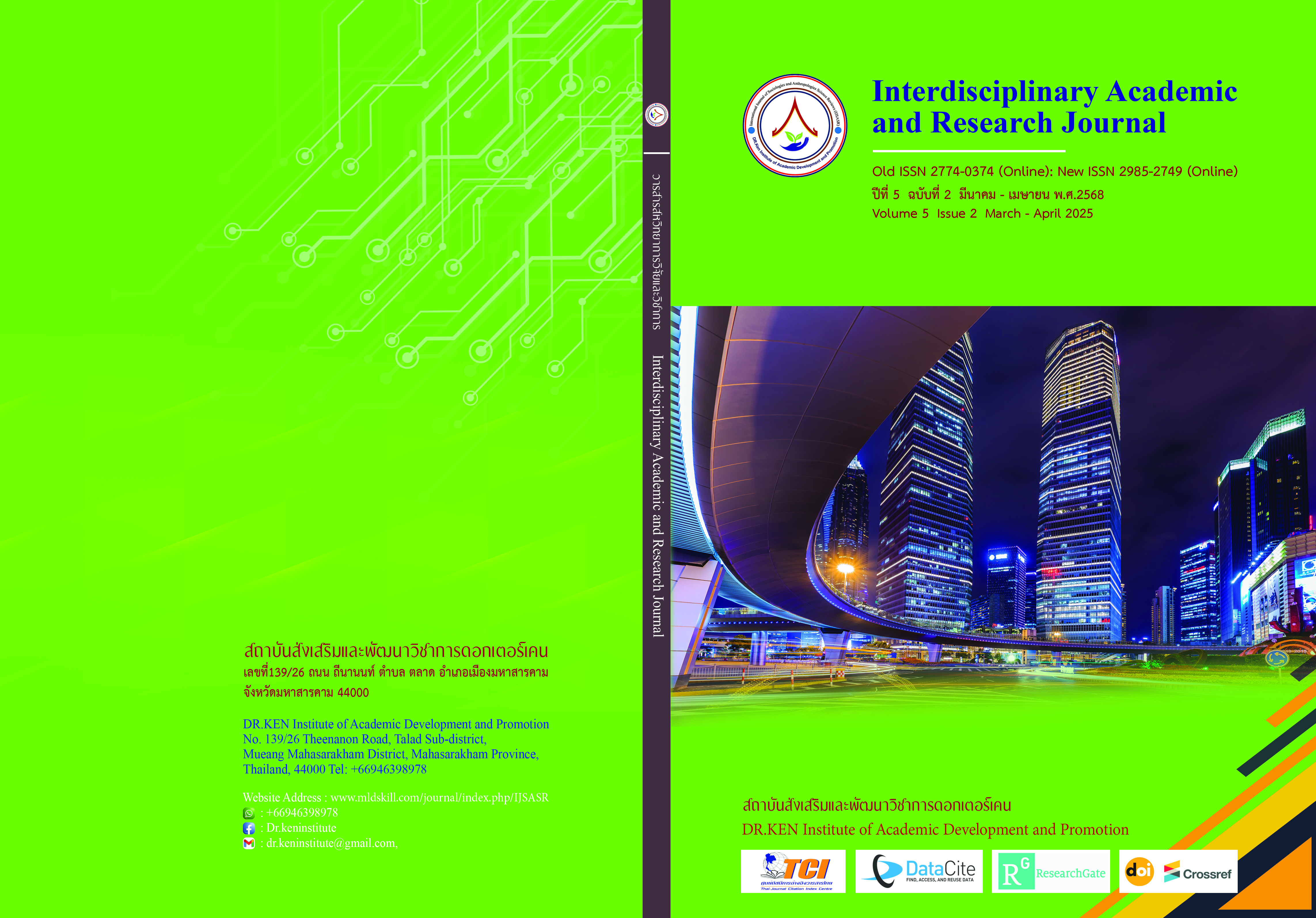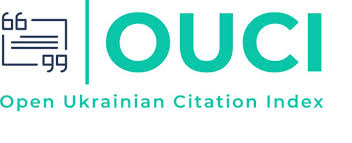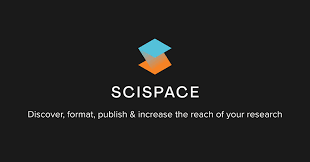STEM Education Activity Provision on Flexible Thinking Skill of Young Children
DOI:
https://doi.org/10.60027/iarj.2025.282253Keywords:
Learning According to STEM Concepts, Flexible Thinking Skills, Early ChildhoodAbstract
Background and Aims: Organizing learning experiences by STEM education. It has been integrated in a cross-subject manner in science, technology, and engineering. Mathematics prepares children to have basic knowledge and process skills necessary for life. It stimulates interest and makes children want to try practicing on their own. Want to participate in activities, makes children have flexible thinking skills in early childhood by using the thinking process according to the story that the child has done with the activity, manipulating and adjusting the activities to suit the situation. This research has the objective of studying the results of organizing learning experiences according to the concept. STEM education affects the thinking skills of early childhood children. And to compare the flexible thinking skills of early childhood children before and after organizing learning experiences according to STEM education.
Methodology: The target group is 16 early childhood children, male and female, aged 4 - 5 years, who are studying in the second year of kindergarten. Tools used include: 1. 24 learning experience plans based on STEM concepts 2. Form to assess flexible thinking skills of early childhood children 3. Form to record observation of flexible thinking behavior of early childhood children.
Results: (1) Results of the study of flexible thinking skills of early childhood children. Before the experiment, the mean score was 9.37, the standard deviation was 1.40, and after receiving the learning experience according to STEM education concepts. After the experiment, the mean value was 16.56 the standard deviation was 1.22. The overall mean score of flexible thinking skills of early childhood children after the experiment was higher than before the experiment. It shows that children have developed better flexible thinking skills. (2) Early childhood children have average flexible thinking skills. After the experiment, the mean scores for evaluating flexible thinking skills were calculated. In terms of choosing a solution, the mean before the experiment was 4.75. The standard deviation was 1.03. After the experiment, the mean value was 8.18 and the standard deviation was 0.88 in terms of listening and exchanging opinions. The mean before the experiment was 4.62, the standard deviation was 0.85, and after the experiment, the mean score was 8.37, the standard deviation was 0.69 points, reflecting the belief that organizing learning experiences according to STEM education concepts can be used to promote Flexible thinking of early childhood children.
Conclusion: The findings show that early childhood children's flexible thinking skills improve significantly after engaging in STEM-based education. The overall mean score rose from 9.37 to 16.56, indicating a clear improvement in their thinking abilities. Specifically, the children's skills in problem-solving, listening, and exchanging opinions improved significantly, with mean scores increasing from 4.75 to 8.18 and 4.62 to 8.37, respectively. This demonstrates that STEM-based learning experiences effectively promote flexible thinking in early childhood.
References
ณัฐนิชา ศรีละมัย. 2561. ผลการใช้การเรียนรู้แบบโครงงานสะเต็มเพื่อส่งเสริมทักษะศตวรรษที่ 21 ในนักศึกษาวิทยาลัยพยาบาล.วารสารคณะพยาบาลศาสตร์. 26 (2),11-19.
นวลจันทร์ จุฑาภักดีกุล และคณะ. 2060. การพัฒนาและหาค่าเกณฑ์มาตรฐานเครื่องมือประเมินการคิดเชิงบริหารในเด็กปฐมวัย. Retrieved from: http://kb.hsri.or.th/dspace/ handle/ 11228/4650
สถาบันส่งเสริมการสอนวิทยาศาสตร์และเทคโนโลยี (2560). คู่มือการใช้หลักสูตรรายวิชาพื้นฐานวิทยาศาสตร์ กลุ่มสาระการเรียนรู้วิทยาศาสตร์ (ฉบับปรับปรุง พ.ศ.2560) ตามหลักสูตรแกนกลางการศึกษาขั้นพื้นฐาน พุทธศักราช 2551. กรุงเทพฯ: สถาบันส่งเสริมการสอนวิทยาศาสตร์และเทคโนโลยี (สสวท.) กระทรวงศึกษาธิการ.
สำนักงานคณะกรรมการพัฒนาการเศรษฐกิจและสังคมแห่งชาติ (2561). ยุทธศาสตร์ชาติ 20 ปี (พ.ศ. 2561-2580). กรุงเทพฯ: สำนักงานคณะกรรมการพัฒนาการเศรษฐกิจและสังคมแห่งชาติ.
สุภาวดี หาญเมธี. (2561). คู่มือพัฒนาทักษะสมอง EF Executive Functions สำหรับครูปฐมวัย. กรุงเทพมหานคร: มติชน.
อารีย์ ชูมณี. (2560). การศึกษาเปรียบเทียบผลสัมฤทธิ์ทางการเรียน ความคิดสร้างสรรค์ และมนุษยสัมพันธ์. ปริญญานิพนธ์: มหาวิทยาลัยศรีนครินทรวิโรฒ
Chutabhakdikul, N., Thanasetkorn, P., Lertawasdatrakul, O., & Ruksee, N. (2017). Tool Development and Evaluation Criteria for Assessment of Executive Function in Early Childhood. Health System Research Institute and the Institute of Molecular Biosciences, Mahidol University
Gioia, G. A., Isquith, P. K., Guy, S. C., and Kenworthy, L. (2000). Professional Manual Behavior Rating Inventory of Executive Function. Florida: PAR
Jatisathien, C., Meesasan, K., & Chaikarn, A. (2017). Early Childhood Development. Holistically Bangkok: Plus Press
Learn Education (2564). ONLINE BLENDED Learning Solution. Retrieved from: https://www.learneducation.co.th/
MacDonald et. al. (2015). STEM Education: A review of the Contribution of the Disciplines of Science, Technology, Engineering and Mathematics. Science Education International, 27 (4), 530-569.
Scott. (2017). 21st Century Skills Early Learning. Atlanta. Prophet 21. Retrieved January 20, 2021, from: http://static.battelleforkids.org/documents/p21/P21_ELF_Framework_Final_20pgs.pdf
Scott. (2019). 21st Century Learning For Early Childhood. Learn more and get involved at Battelleforkids.org/networks/p21.
Vygotsky, L.S. (1978). Mind in Society: The Development of Higher Psychological Processes. Cambridge: Harvard University.
Downloads
Published
How to Cite
Issue
Section
License
Copyright (c) 2025 Interdisciplinary Academic and Research Journal

This work is licensed under a Creative Commons Attribution-NonCommercial-NoDerivatives 4.0 International License.
Copyright on any article in the Interdisciplinary Academic and Research Journal is retained by the author(s) under the under the Creative Commons Attribution-NonCommercial-NoDerivatives 4.0 International License. Permission to use text, content, images, etc. of publication. Any user to read, download, copy, distribute, print, search, or link to the full texts of articles, crawl them for indexing, pass them as data to software, or use them for any other lawful purpose. But do not use it for commercial use or with the intent to benefit any business.
















.png)


